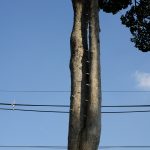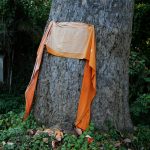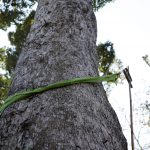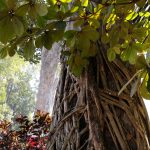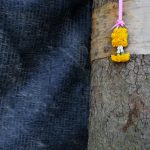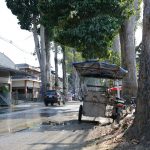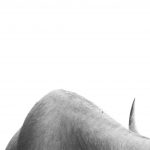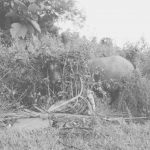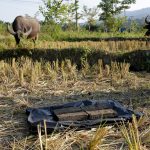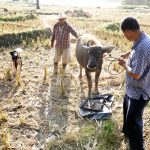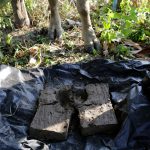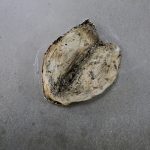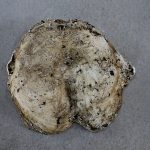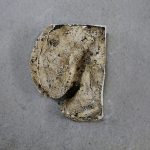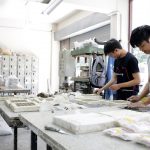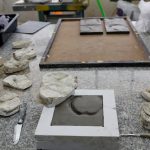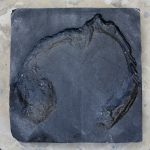106 (working title)
Chiang Mai
2019-
One of the projects I have been working on during my residency at NeNa Contemporary Art Space
refers to my experience of a 14 km walk along the 106 road between Chiang Mai and Lamphun.
On both sides this part of the road is guarded by over 100year old majestic Yang Na trees forming
an amazing lane. Currently under protection these trees are an inseparable part of the everyday
vibrant life along the road. Each tree is given a separate moment of attention. I try to avoid
picturing them as a lane, though beautiful this way too, but focus on each of them from the
perspective that is suitable/possible in each case. They are undoubtedly graceful but it is not the
picturesque beauty that I’m looking for discarding the common reality. Quite on the contrary – all
those ordinary, but unique in each case, examples of people’s almost intimate coexistence with the
trees are significant in this project. The slow process of filming and photographing each tree
catches me in time/space and provides opportunity to observe closely everyday hectic life along
the road and its variations starting from almost the city centre (ChM), through outskirts, towns and
villages. In some areas walking along the road feels more like walking inside a long busy and
crowded home corridor. I appreciate the unique chance to observe the different lives lived there.
For me as a stranger this is an added value of this work. For the local people I hope it will be a
recognition of the beauty and uniqueness of those trees, very often literally wrapped in everyday
reality.
What started as a „tree project” is now a „coexistence project”.
This walking journey and documentation will be a basis of a more multimedia work.
no title (2019-)
Chiang Mai
installation, photography, video
Another project during my residency with Ne-Na Contemporary Art Space aims at producing real
scale and functional floor tiles with water buffalo hoof imprints.
The main idea is to bring back to the gallery visitors the physical presence of this animal which
used to be a key figure in Thai agriculture and everyday reality for the majority of society. It is still
considered one of the cultural symbols of Thailand though made redundant due to the
mechanization of rice cultivation. Walking on the floor barefoot will impose physical contact with the
real scale hoof prints of these animals. Accompanied by photography and video.
(in cooperation with Slow Hands Studio & Rajamangala University of Technology Lanna).
